Unraveling the Mystery Behind UNESCO's Repeated Oversight
India, a nation steeped in history and adorned with architectural treasures from various dynasties, boasts numerous UNESCO World Heritage Sites that draw tourists from all corners of the globe. These sites are not just repositories of history; they are also symbols of cultural and architectural excellence. However, one monument that has continuously eluded this prestigious list is the Gol Gumbaz of Bijapur, Karnataka.
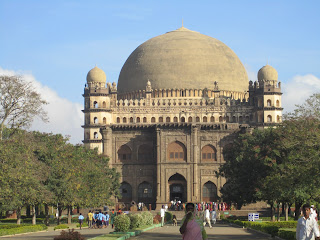 |
| Gol Gumbaz |
Despite being one of the oldest surviving architectural wonders from the Adil Shah dynasty, Gol Gumbaz remains conspicuously absent from the UNESCO World Heritage Site list. In a perplexing turn of events, other monuments from the region, such as the Chennakesava Temple of Belur, Hoysaleswara Temple of Halebidu, and Somanathapura Temple of T Narasipura, have managed to secure coveted spots on this esteemed list. In this report, we delve into the historical significance of Gol Gumbaz, examine the reasons behind its repeated neglect by UNESCO, and shed light on the urgent need for its recognition on the world stage.
Gol Gumbaz: A Glimpse into History
The Gol Gumbaz, also known for having the largest dome ever constructed in India, stands as a testament to the architectural brilliance of the Adil Shah dynasty. Situated in the erstwhile Bijapur Sultanate, which is now the Vijayapura district of Karnataka, this awe-inspiring monument was built over 350 years ago. The Adil Shahi rulers, who governed this region for two centuries, left behind a legacy of architectural marvels, of which Gol Gumbaz is the crowning jewel.
The Archaeological Survey of India (ASI) has recognized and declared at least 83 different small and large monuments as protected heritage sites in the Vijayapura district alone. Among these, Gol Gumbaz undoubtedly stands out as one of the most iconic structures. Its unique features, such as the famous whispering gallery, intricate geometric designs, and stunning acoustics, have fascinated historians, architects, and tourists alike. Notably, the whispering gallery allows even the faintest of whispers to be heard across the vast dome, a remarkable engineering feat for its time.
The Ongoing Neglect by UNESCO
The omission of Gol Gumbaz from the UNESCO World Heritage Site list, year after year, has puzzled historians, scholars, and heritage enthusiasts. Its exclusion becomes even more perplexing when considering its historical significance, architectural splendour, and undeniable contribution to India's cultural and heritage legacy.
Factors Contributing to Neglect:
- Historical Significance: Gol Gumbaz is not just a monument; it is a living testament to the grandeur of the Adil Shah dynasty. The dynasty's contribution to the region's culture, architecture, and history cannot be overstated. Yet, UNESCO has consistently overlooked this treasure, failing to recognize its vital role in preserving India's historical narrative.
- Inclusive History: Gol Gumbaz stands as a symbol of India's rich, diverse, and pluralistic history. It has been a place where people from all walks of life, irrespective of their faith or background, have come together to marvel at its architectural magnificence. Its secular credentials make it an embodiment of India's ethos, and UNESCO's disregard for such a symbol is disheartening.
- Push by ASI: The Archaeological Survey of India has been actively advocating for Gol Gumbaz's inclusion in the list of UNESCO World Heritage Sites. Senior ASI officials have repeatedly lobbied for its recognition, citing its architectural significance and historical importance. Despite these efforts, Gol Gumbaz remains excluded.
- Comparable Monuments Included: UNESCO's inclusion of other historical sites in Karnataka, such as the Chennakesava Temple of Belur, Hoysaleswara Temple of Halebidu, and Somanathapura Temple of T Narasipura, raises questions about the criteria and evaluation process used by the organization. These monuments, while undoubtedly deserving of recognition, highlight the inconsistency in UNESCO's selections.
- Tourist Attraction: Gol Gumbaz is not merely a relic of the past; it continues to draw tourists from around the world. Its inclusion in the UNESCO list would undoubtedly boost tourism in the region, benefiting the local economy and ensuring the preservation of this cultural treasure.
The Urgent Need for Recognition
The repeated exclusion of Gol Gumbaz from the UNESCO World Heritage Site list is not only a matter of historical injustice but also a missed opportunity to celebrate and preserve a monument of immense cultural and architectural significance. Here are some compelling reasons why Gol Gumbaz deserves immediate recognition:
- Historical Continuity: Gol Gumbaz stands as a symbol of historical continuity, connecting the present generation with the glorious past of the Adil Shah dynasty. Its recognition would help bridge the gap between contemporary India and its illustrious history.
- Architectural Brilliance: The monument's architectural marvels, including its colossal dome and whispering gallery, are deserving of international acclaim. Inclusion in the UNESCO list would highlight India's contribution to the world of architecture.
- Cultural Heritage: Gol Gumbaz has been a melting pot of culture and history. Its inclusion in the UNESCO list would not only preserve its physical structure but also safeguard the stories and traditions associated with it.
- Tourism and Economy: Becoming a UNESCO World Heritage Site has proven to be a significant boost for tourism in various regions of India. Gol Gumbaz's recognition could lead to increased footfall, benefiting the local economy and promoting tourism in the Vijayapura district.
- Preservation and Conservation: UNESCO recognition often comes with stringent guidelines for the preservation and conservation of heritage sites. This would ensure that Gol Gumbaz receives the attention and care it needs to stand strong for future generations.
Conclusion
Gol Gumbaz, with its rich history, architectural brilliance, and inclusive character, is undeniably a gem in India's cultural and historical crown. Its repeated exclusion from the UNESCO World Heritage Site list raises questions about the criteria and evaluation process employed by the organization. This historic monument, which is a living testament to the Adil Shah dynasty's glory, deserves the international recognition that only UNESCO can bestow.
The Archaeological Survey of India, historians, scholars, and the local community have all rallied behind Gol Gumbaz's cause, advocating for its inclusion in the prestigious list. It is high time that UNESCO acknowledges the significance of Gol Gumbaz and rectifies the repeated oversight. Doing so would not only be an act of justice to India's rich heritage but also an acknowledgement of the monument's undeniable place in world history. Gol Gumbaz, with its colossal dome and whispering gallery, stands ready to whisper its tales to the world; it is high time that the world listens and embraces this cultural treasure.
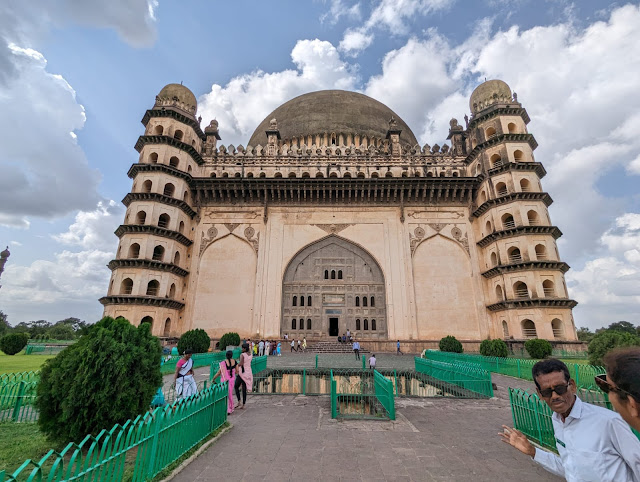 |
| Gol Gumbaz, Bijapur |
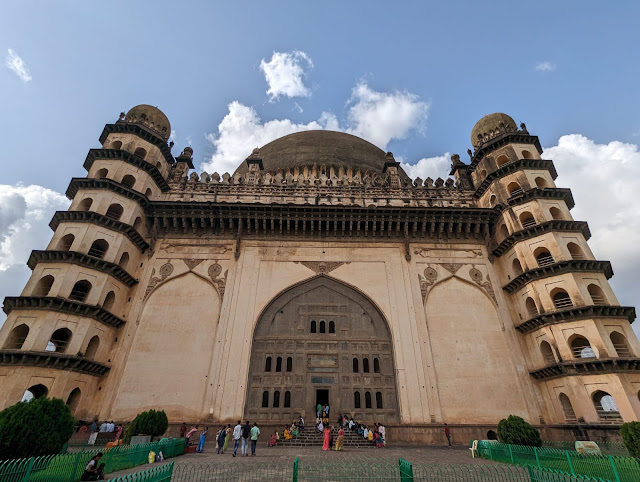 |
| Gol Gumbaz side view |
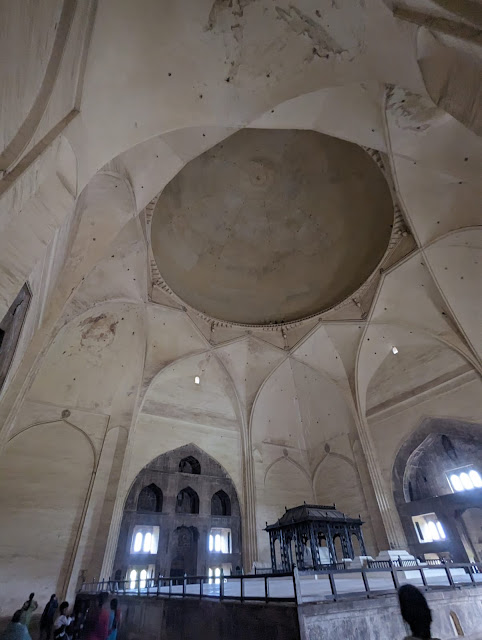 |
| Whisper Gallery Bijapur |
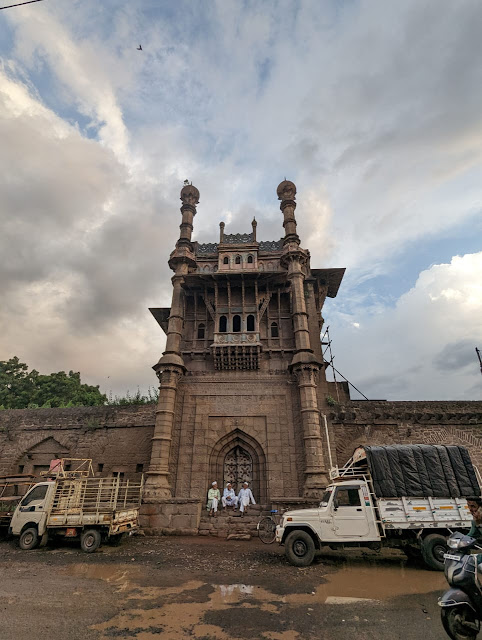 |
| Adil Shah dynasty's existing structures |
 |
| Bibi ka Maqbara |
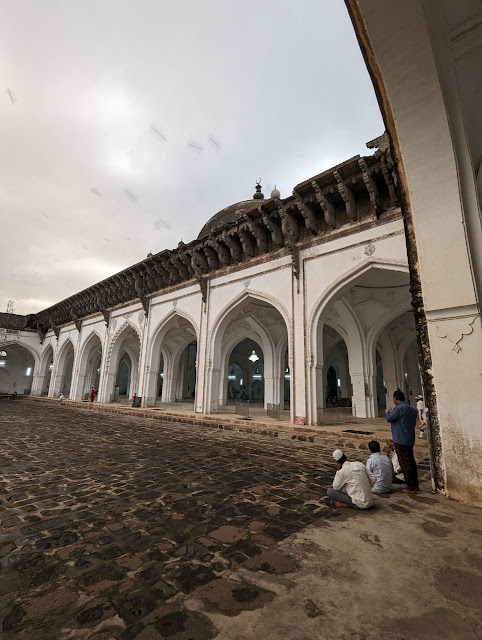 |
| Mosque near Gol Gumbaj |
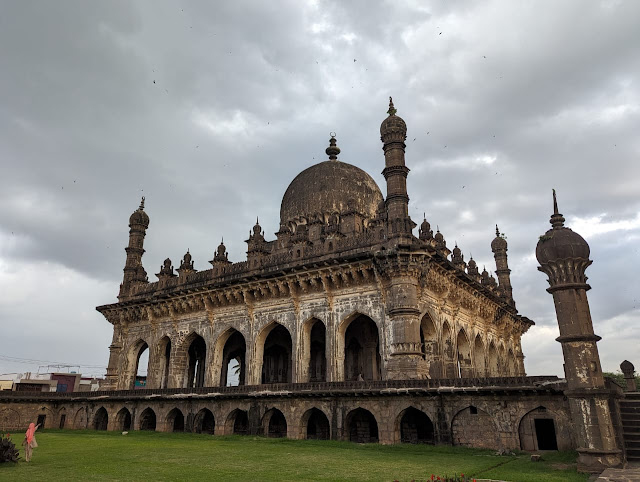 |
| Gol Gumbaj, Vijayapura |
 |
Gol Gumbaj side view
|










Comments
Post a Comment